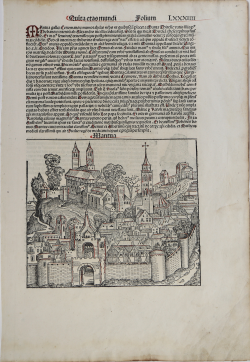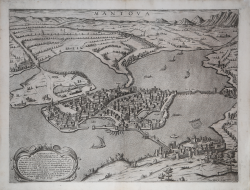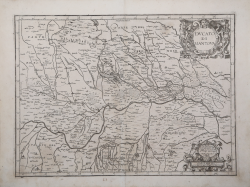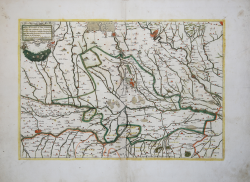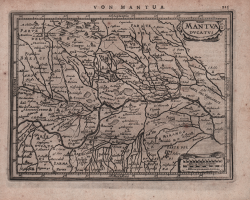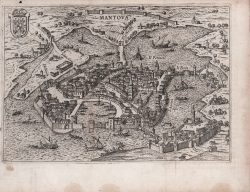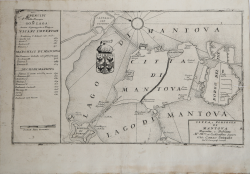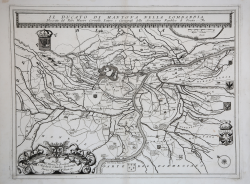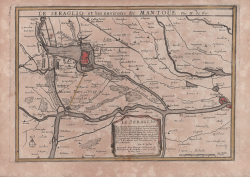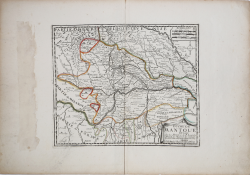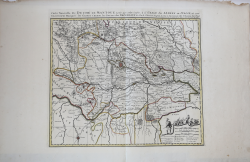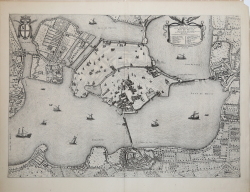Mantova Città della Lombardia Traspadana…
Matteo FLORIMI
Code:
S40060
Measures:
513 x 385 mm
Year:
1600 ca.
Printed:
Siene
Mantva Dvcatvs/Ligvria nunc Ora Genvensis
Cyprian EICHOVIUS
Code:
s24213
Measures:
145 x 100 mm
Year:
1603
Printed:
Cologne
Dvcato di Mantova
Giovanni Antonio MAGINI
Code:
S40965
Measures:
480 x 350 mm
Year:
1603 ca.
Printed:
Bologna
Dissegno del Territorio et Stato di Mantova, con gli Stati...
Francesco VALEGIO
Code:
S38732
Measures:
535 x 360 mm
Year:
1620 ca.
Printed:
Venice
Mantua Ducatus
Johannes JANSSONIUS
Code:
S48165
Measures:
205 x 150 mm
Year:
1628 ca.
Printed:
Amsterdam
Mantua Ducatus
Willem Janszoon BLAEU
Code:
S43701
Measures:
470 x 355 mm
Year:
1630 ca.
Printed:
Amsterdam
Mantua Ducatus
Johannes JANSSONIUS
Code:
S19092
Measures:
468 x 350 mm
Year:
1636 ca.
Printed:
Amsterdam
Mantua Ducatus
Johannes JANSSONIUS
Code:
MMS988
Measures:
470 x 350 mm
Year:
1666 ca.
Printed:
Amsterdam
Città, e fortezza di Mantova...
Vincenzo CORONELLI
Code:
ms3026
Measures:
455 x 270 mm
Year:
1690 ca.
Printed:
Venice
Il Ducato di Mantova nella Lombardia, Descritto dal Padre Maestro...
Vincenzo CORONELLI
Code:
S36807
Measures:
615 x 464 mm
Year:
1690 ca.
Printed:
Venice
Le Duché de Mantoue
Jean Baptiste NOLIN
Code:
S1551
Measures:
285 x 240 mm
Year:
1701 ca.
Printed:
Paris
Carte Nouvelle du Duchè de Mantoue…
Pierre MORTIER
Code:
MMS639
Measures:
580 x 515 mm
Year:
1704
Printed:
Amsterdam
La Ville et Environs de Mantoue..
Pierre MORTIER
Code:
s33100
Measures:
600 x 420 mm
Year:
1705 ca.
Printed:
Amsterdam

